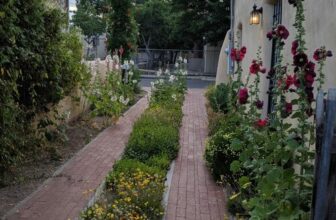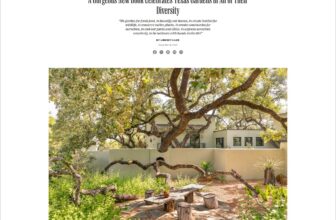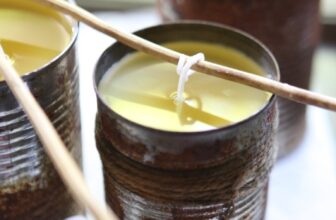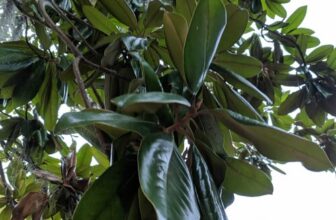Happy Monday GPODers!
Last summer we were introduced to Sharon Holmes and her incredible wildlife-friendly garden in Dallas, Texas (Check out that submission here: Survivors in Sharon’s Dallas Garden). That introduction focused on her fabulous front garden during spring, and today she has returned with an update that highlights her flower-filled backyard. Sharon doesn’t have a ton of space in her back garden, but has made the most of every possible inch and created a sustainable and beneficial landscape in the process.
I cannot tell you how happy I am to see the Fine Gardening blog in my inbox! The creativity of the gardens I get to see is so inspiring.
I was delighted to share my front yard, and I decided to submit some pictures of my backyard. I am an organic gardener, and have both a National Wildlife Habitat and a Texas Wildscapes certification since 1998. Learning about these programs and supporting native plants and wildlife changed my gardening. We ditched the lawn in the backyard. We’ve had a wet early summer, and things are now out of control! This summer, a Cooper’s hawk (Astur cooperii) decided to nest in our front yard magnolia, and we took down our bird feeders to limit their free lunches.
 I wanted to submit the view in January this year (snow!)
I wanted to submit the view in January this year (snow!)
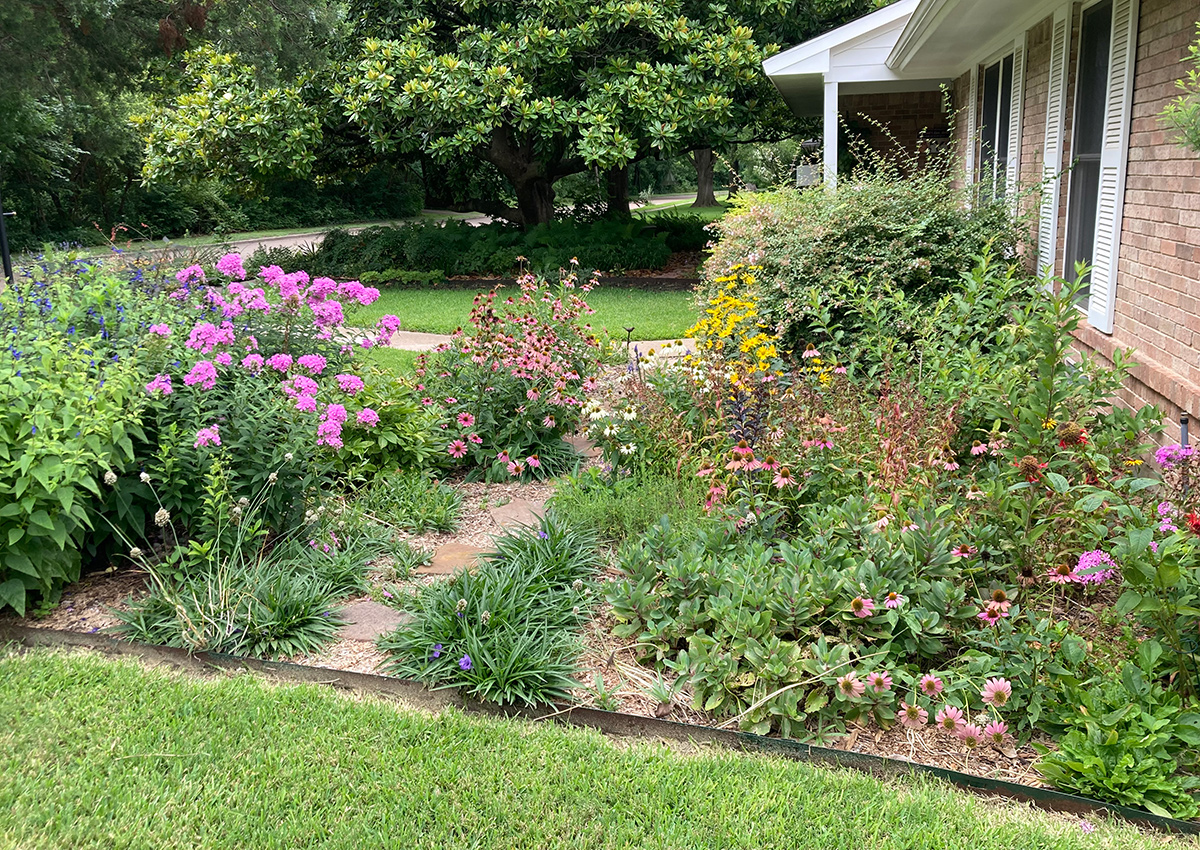 I’ll start in the front yard you saw last year, and walk to the backyard via the east garden.
I’ll start in the front yard you saw last year, and walk to the backyard via the east garden.
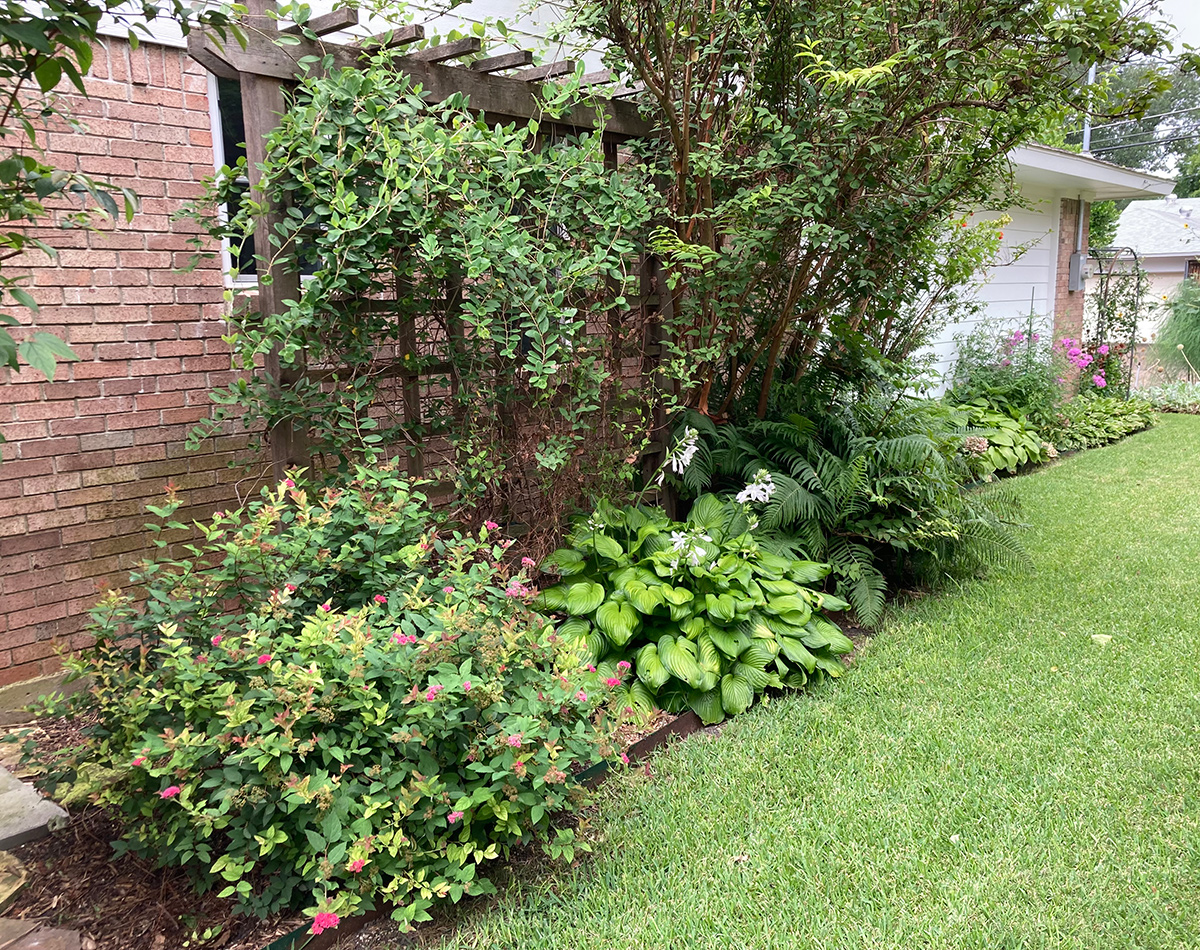 The east side garden has a Double Play Doozie spirea (Spiraea x ‘NCSX2’, Zones 3–8), a yellow native honeysuckle (Lonicera flava, Zones 5–8) on a trellis, a deutzia, ferns, Guacamole hosta (Hosta ‘Guacamole’, Zones 3–8), pomegranate (Punica granatum, Zones 8–10), Aphrodite hosta (Hosta ‘Aphrodite’, Zones 3–8), pink phlox, and box-store hosta my papa gave me when we moved in.
The east side garden has a Double Play Doozie spirea (Spiraea x ‘NCSX2’, Zones 3–8), a yellow native honeysuckle (Lonicera flava, Zones 5–8) on a trellis, a deutzia, ferns, Guacamole hosta (Hosta ‘Guacamole’, Zones 3–8), pomegranate (Punica granatum, Zones 8–10), Aphrodite hosta (Hosta ‘Aphrodite’, Zones 3–8), pink phlox, and box-store hosta my papa gave me when we moved in.
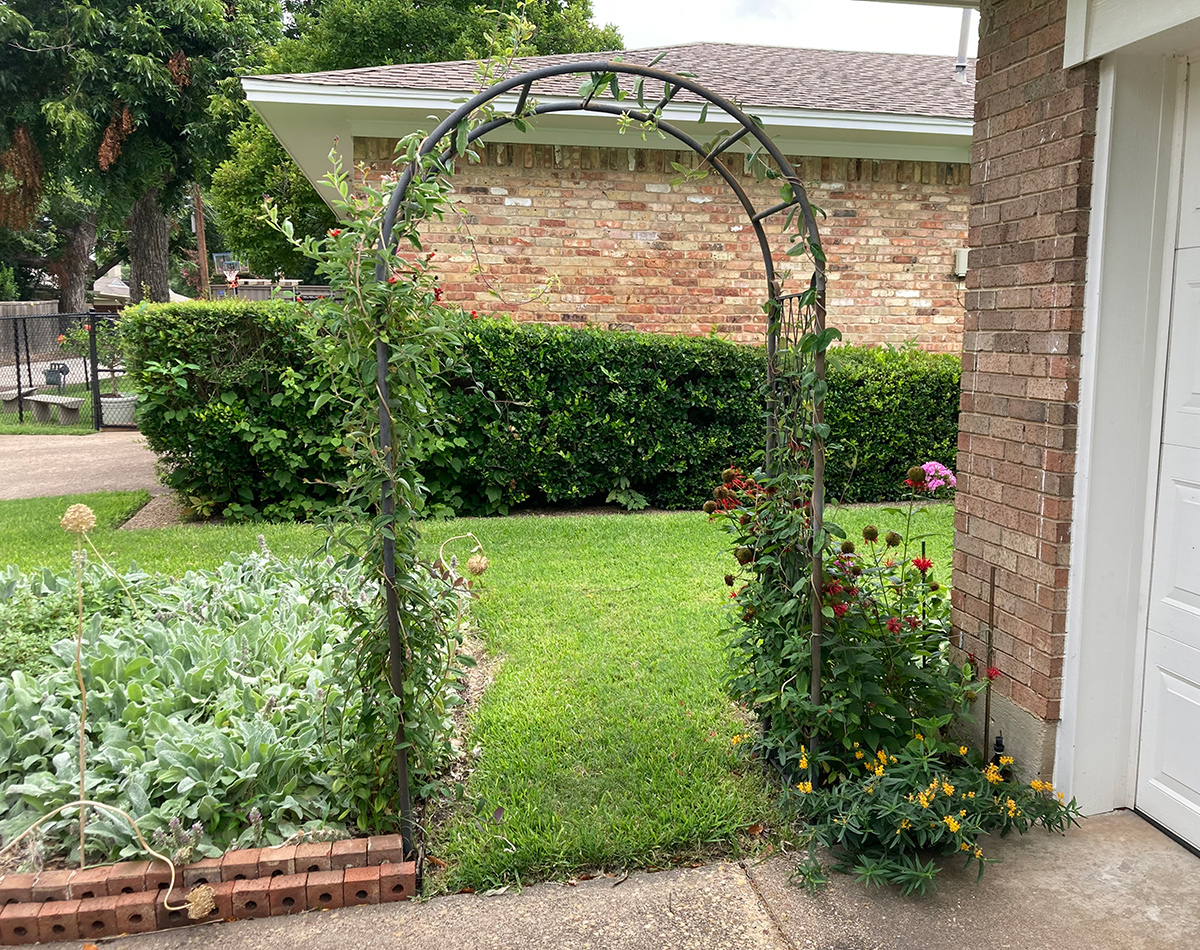 At the backyard gate, looking back on the east arch with a Scentsation honeysuckle (Lonicera periclymenum ‘Scentsation’, Zones 4–9), relocated there this spring. The Jacob Cline bee balm (Monarda didyma ‘Jacob Cline’, Zones 4–9) is taking a rest, the butterfly weed below hasn’t stopped since spring.
At the backyard gate, looking back on the east arch with a Scentsation honeysuckle (Lonicera periclymenum ‘Scentsation’, Zones 4–9), relocated there this spring. The Jacob Cline bee balm (Monarda didyma ‘Jacob Cline’, Zones 4–9) is taking a rest, the butterfly weed below hasn’t stopped since spring.
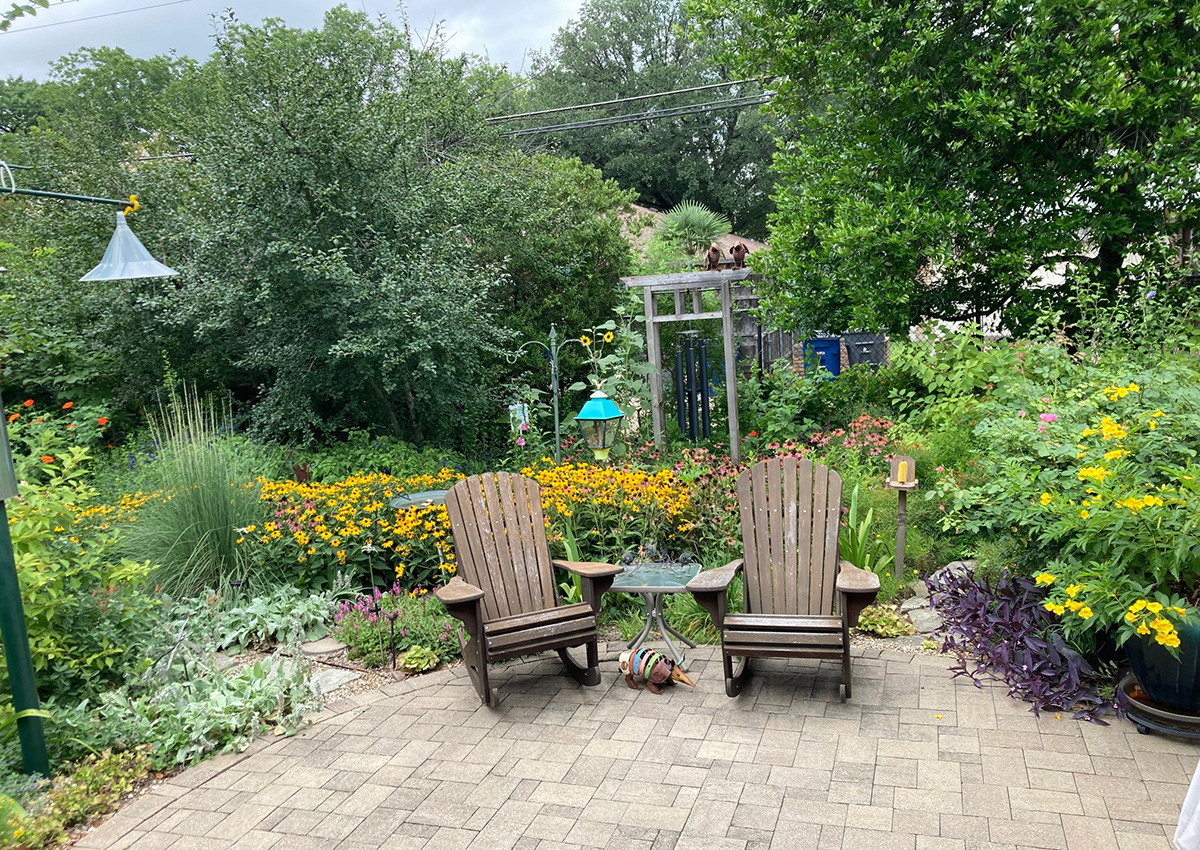 Overview of the backyard. Ignore the neighbor’s trash bins peeking into the garden, the Turk’s cap (Malvaviscus arboreus var. drummondii, Zones 7–11) will hide them later this year. Goldsturm black-eyed Susan (Rudbeckia fulgida var. sullivantii ‘Goldsturm’, Zones 3–9), Mexican sunflower (Tithonia rotundifolia, annual), Lindheimer’s muhly (Muhlenbergia lindheimeri, Zones 6–9), possumhaw (Ilex decidua, Zones 5–9), Black and Blue salvia (Salvia guaranitica ‘Black & Blue’, Zones 7–10), coneflower, beautyberry (Callicarpa americana, Zones 6–10), esperanza (Tecoma stans, Zones 10–11).
Overview of the backyard. Ignore the neighbor’s trash bins peeking into the garden, the Turk’s cap (Malvaviscus arboreus var. drummondii, Zones 7–11) will hide them later this year. Goldsturm black-eyed Susan (Rudbeckia fulgida var. sullivantii ‘Goldsturm’, Zones 3–9), Mexican sunflower (Tithonia rotundifolia, annual), Lindheimer’s muhly (Muhlenbergia lindheimeri, Zones 6–9), possumhaw (Ilex decidua, Zones 5–9), Black and Blue salvia (Salvia guaranitica ‘Black & Blue’, Zones 7–10), coneflower, beautyberry (Callicarpa americana, Zones 6–10), esperanza (Tecoma stans, Zones 10–11).
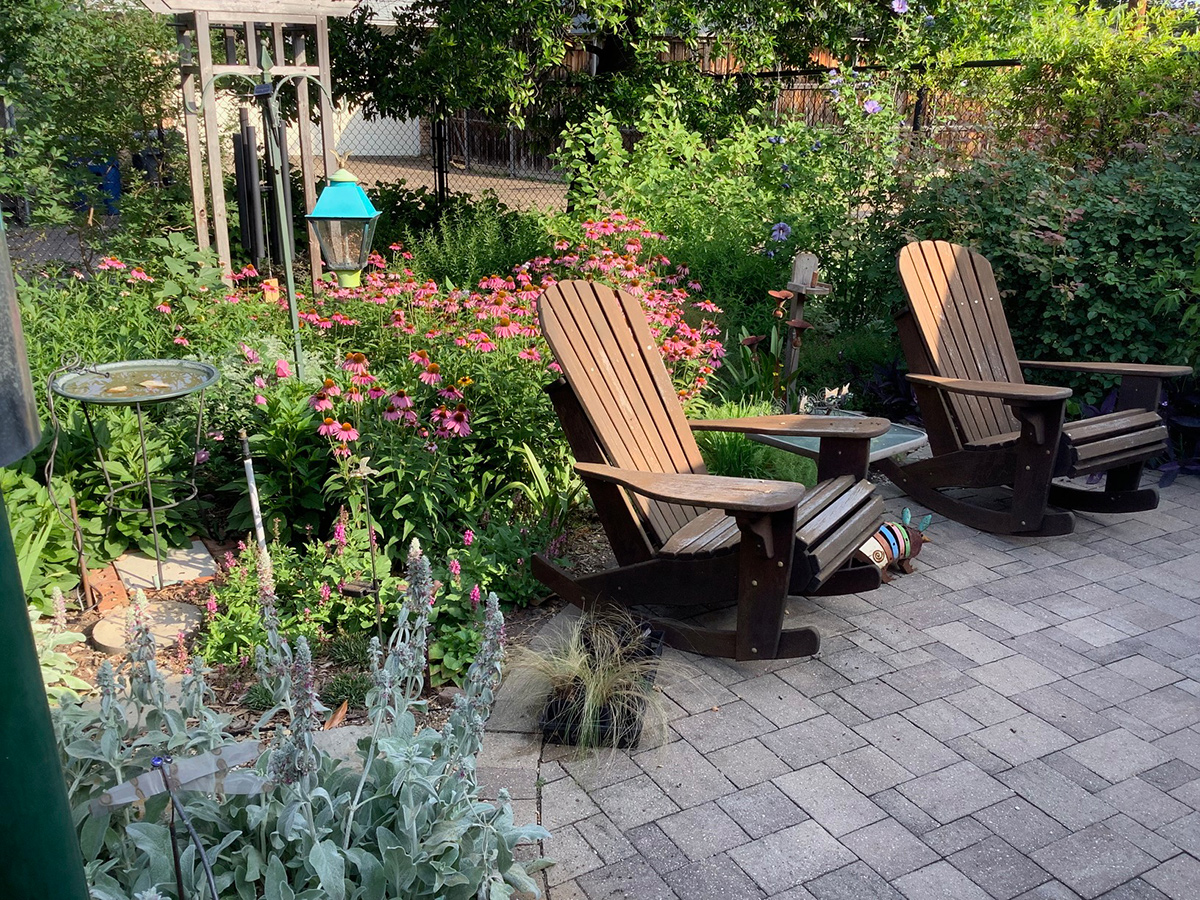 |
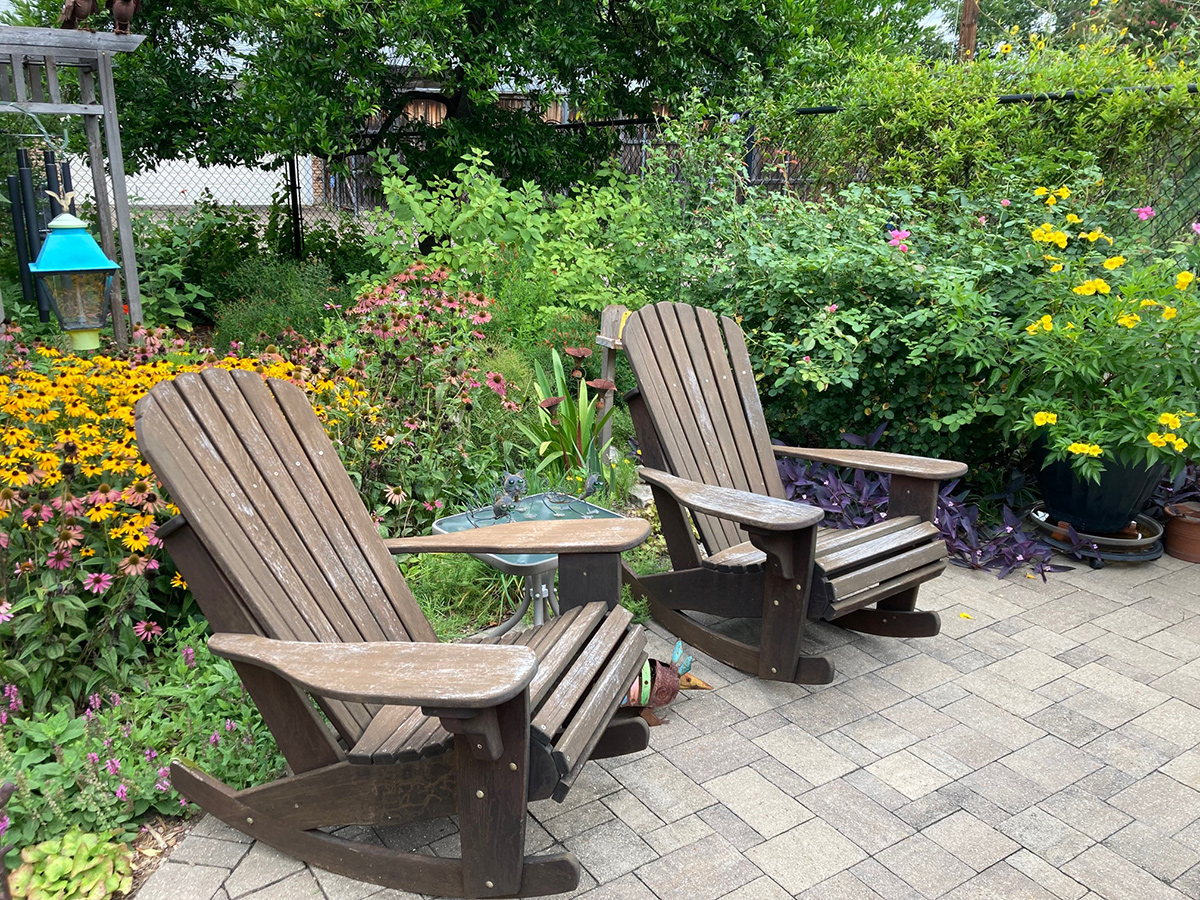 |
Two views, one early June, one July. Coneflowers give way to Goldsturm black-eyed Susans. The potted Gold Star esperanza (Tecoma stans ‘Lonesp’, Zones 9–11) is blooming, the Pink Nebula salvia (Salvia nemorosa ‘Pink Nebula’, Zones 4–9), purple spiderwort (Tradescantia pallida, Zones 10–11), beautyberry, Katy Road Pink rose (A.K.A. ‘Carefree Wonder’) (Rosa ‘Meipitac’, Zones 4–9).
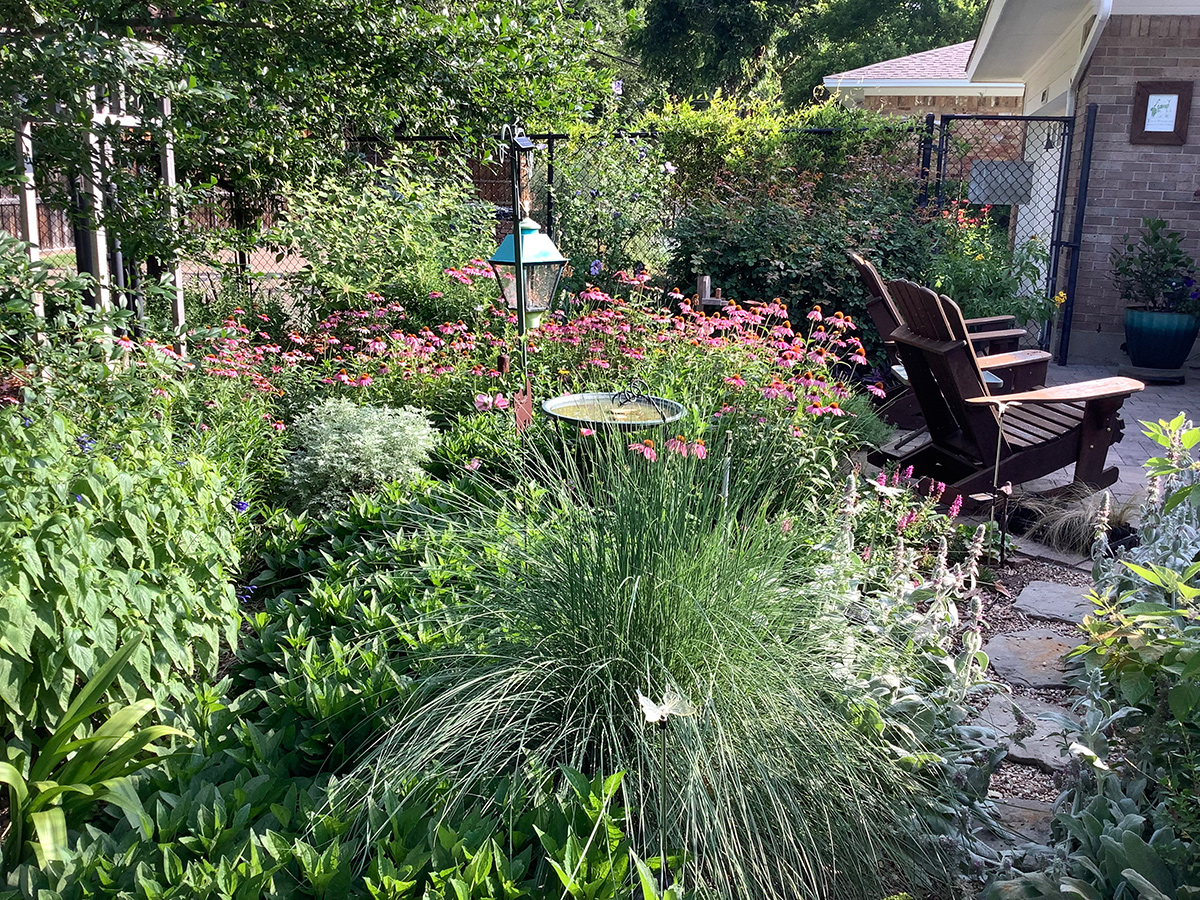 Stepping back, Lindheimer’s muhly, Black and Blue salvia, Twist of Lime abelia (Abelia x grandiflora ‘Hopley’s’, Zones 6–9). redbud, possumhaw, and cherry laurel trees (Prunus laurocerasus, Zones 6–8).
Stepping back, Lindheimer’s muhly, Black and Blue salvia, Twist of Lime abelia (Abelia x grandiflora ‘Hopley’s’, Zones 6–9). redbud, possumhaw, and cherry laurel trees (Prunus laurocerasus, Zones 6–8).
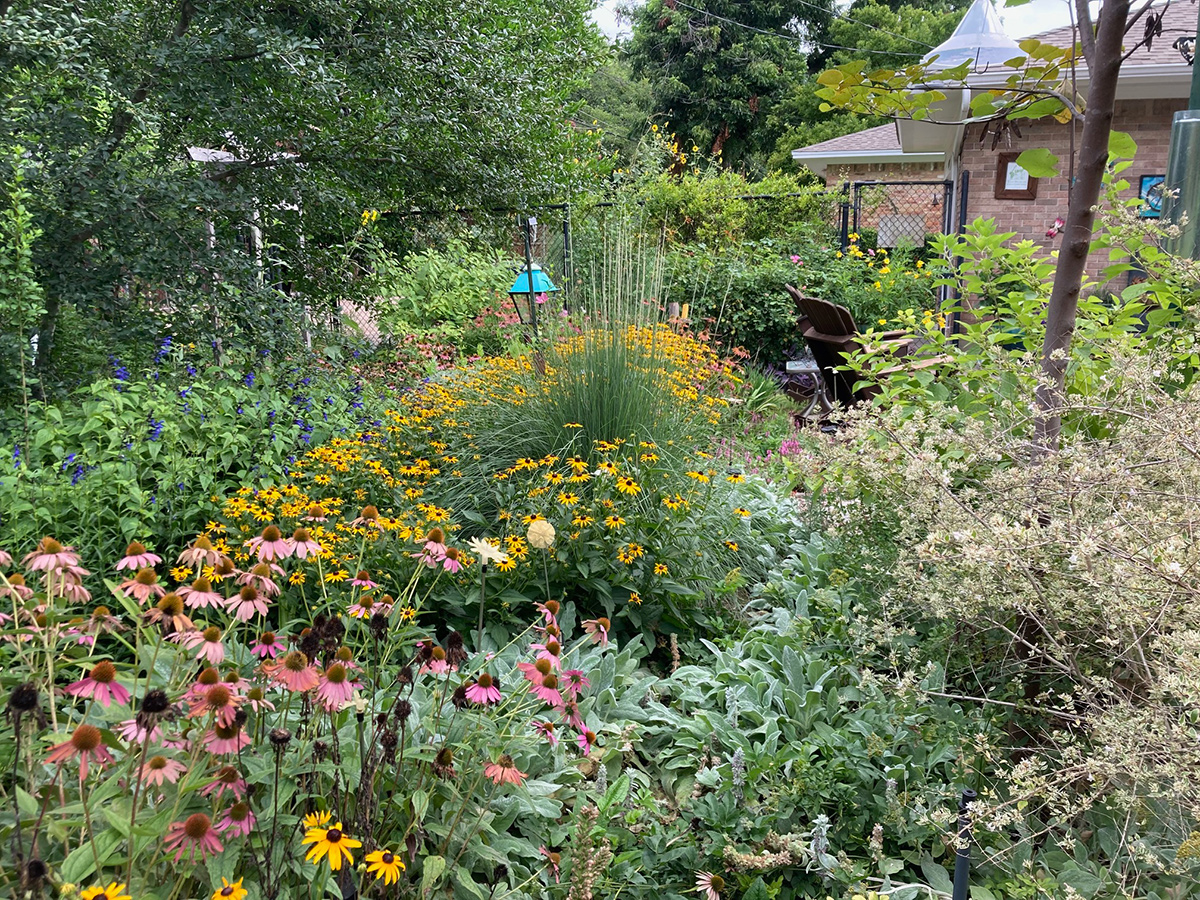 In just a month the path has been covered!
In just a month the path has been covered!
 Two antique roses survived the rose rosette virus. Here they are from April: Carefree Wonder pink with a cherry laurel behind…
Two antique roses survived the rose rosette virus. Here they are from April: Carefree Wonder pink with a cherry laurel behind…
 And Harison’s Yellow (Rosa foetida ‘Harison’s Yellow’, Zones 3–9). Harison’s is near some golden alexander (Zizia aurea, Zones 3–8), lambs ear (Stachys byzantina and cvs., Zones 4–8), and a red antique garden amaryllis.
And Harison’s Yellow (Rosa foetida ‘Harison’s Yellow’, Zones 3–9). Harison’s is near some golden alexander (Zizia aurea, Zones 3–8), lambs ear (Stachys byzantina and cvs., Zones 4–8), and a red antique garden amaryllis.
Thank you so much for sharing more of your gorgeous gardens with us, Sharon! It’s incredibly inspiring to see the beauty you are able to cultivate while prioritizing beneficial plants and wildlife-friendly practices.
Is your garden a haven for local wildlife and pollinators like Sharon’s? What plants native to your region do you enjoy growing? Let us know in the comments below how you garden in harmony with the ecosystem, or consider sharing your pollinator paradise with Garden Photo of the Day! Follow the directions below to submit photos via email, or send me a DM on Instagram: @agirlherdogandtheroad.
We want to see YOUR garden!
Have photos to share? We’d love to see your garden, a particular collection of plants you love, or a wonderful garden you had the chance to visit!
To submit, send 5–10 photos to [email protected] along with some information about the plants in the pictures and where you took the photos. We’d love to hear where you are located, how long you’ve been gardening, successes you are proud of, failures you learned from, hopes for the future, favorite plants, or funny stories from your garden.
Have a mobile phone? Tag your photos on Facebook, Instagram, or Twitter with #FineGardening!
Do you receive the GPOD by email yet? Sign up here
Fine Gardening Recommended Products
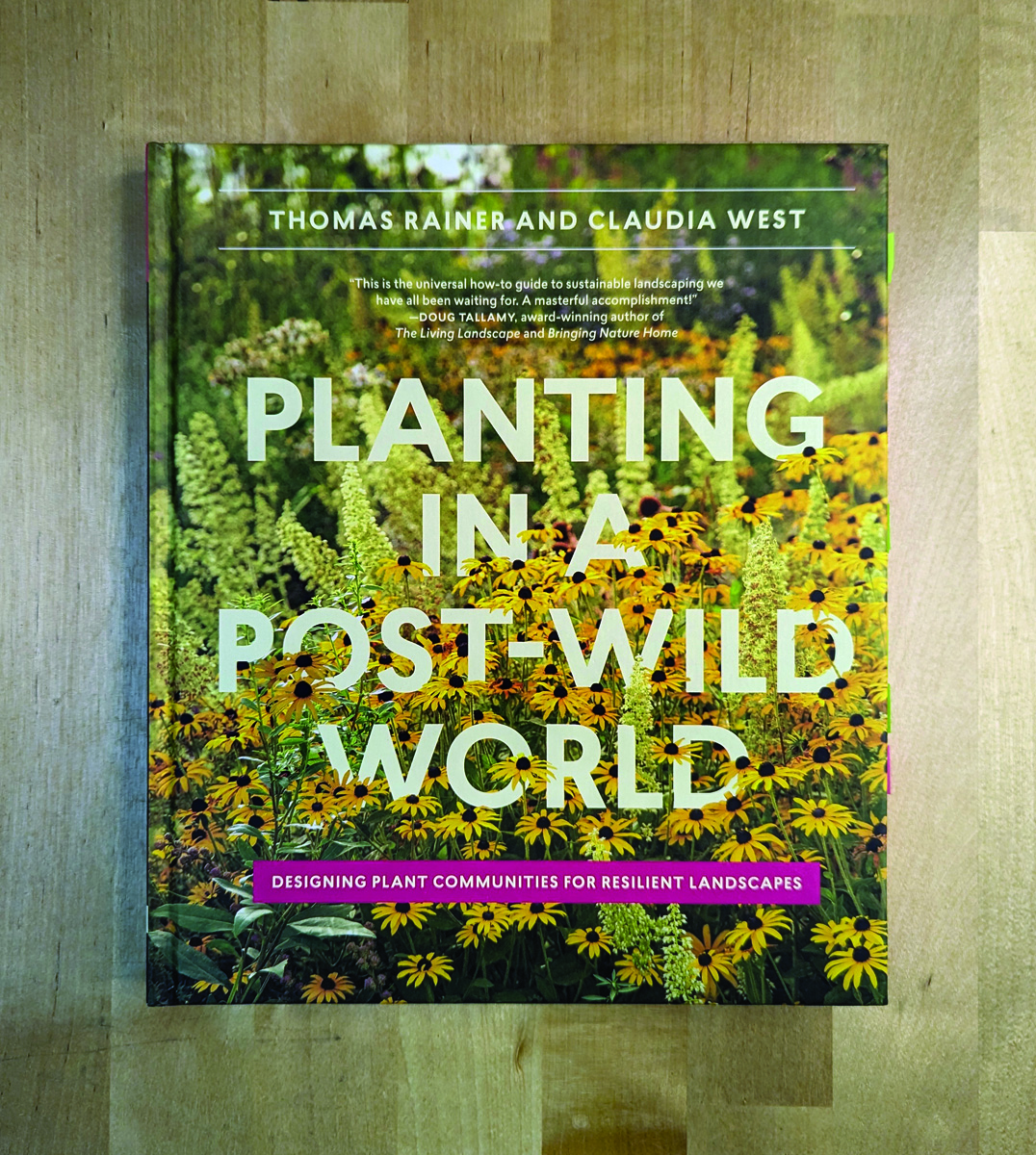
Planting in a Post-Wild World: Designing Plant Communities for Resilient Landscapes
Fine Gardening receives a commission for items purchased through links on this site, including Amazon Associates and other affiliate advertising programs.
Featuring gorgeous photography and advice for landscapers, Planting in a Post-Wild World by Thomas Rainer and Claudia West is dedicated to the idea of a new nature—a hybrid of both the wild and the cultivated—that can nourish in our cities and suburbs.
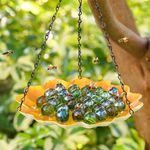
Bee Watering Station with Vivid Flower Design
Fine Gardening receives a commission for items purchased through links on this site, including Amazon Associates and other affiliate advertising programs.
Thoughtful Combo: You will receive a bee feeder and 30 glass marbles. This thoughtful combo can provide clean water for the bees, you just need to put the marbles into the bee watering station, add water (note: the water level should not exceed the height of the marbles) and hang them in the right place. The round, colored marbles can provide a place for the bees to stand and prevent them from falling into the water, effectively keeping the bees safe. Fine Material: This exquisite bee bath is made of high quality iron material, smooth surface, rust and weather resistant, not easy to fade, sturdy and reliable. Bee cups for garden can well meet the drinking water needs of lovely bees, and it can also provide food for bees, such as sugar water, nectar, etc., attracting more bees to your outdoor area and making your garden full of vitality. Perfect Size: The butterfly watering station has an overall height of 13.4 inches, a bowl diameter of 9.4 inches, and a weight of 0.44 pounds. The bee cup serves the needs of the bees well without plunging them into dangerously deep water or taking up unnecessary space in your garden, and this compact and efficient design makes it a practical addition to any outdoor space. Elegant Design: Our bee watering cups are designed in unique flower shapes with vibrant and realistic colours to attract lovely bees to your garden and patio, bee feeders for outside are not only functional but can also be used as a landscaping element, their vibrant floral patterns enhance the beauty of your garden. Multicolored Decoration: Colorful bee water stations look like flowers in a garden, flower bed or pot and attract bees and butterflies. They can drink or bathe in bee feeders, which are highly decorative and practical.
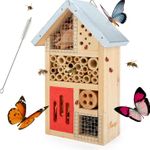
Niteangel Natural Wooden Insect Hotel, Garden Insect House for Ladybugs, lacewings, Butterfly, Bee, Bug
Fine Gardening receives a commission for items purchased through links on this site, including Amazon Associates and other affiliate advertising programs.
The insect nest box provide a safe environment where garden creatures can shelter, hibernate and lay their eggs, the insect house can also keep insects from entering your warm room. The insect hotel makes it easy to find and observe fascinating creatures. the butterfly, bees and ladybugs can use this product as habitat. Dry wood and Bamboo can be home to many insects such as ladybirds and lacewings which eat aphids and help keep your plants pest-free. the insect hotel improve the growth of plants in your yard by attracting beneficial insects. The iron design on the top can keep the insect house from rainwater. Let the insect house have a longer useful life and make the insects more comfortable. If you only have a balcony or yard, the hanging garden shelter is ideal as it provides a choice of suitable habitats in a small area.

